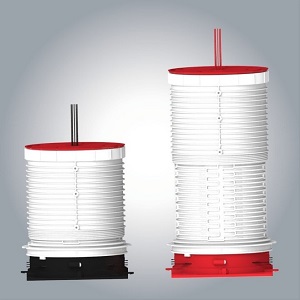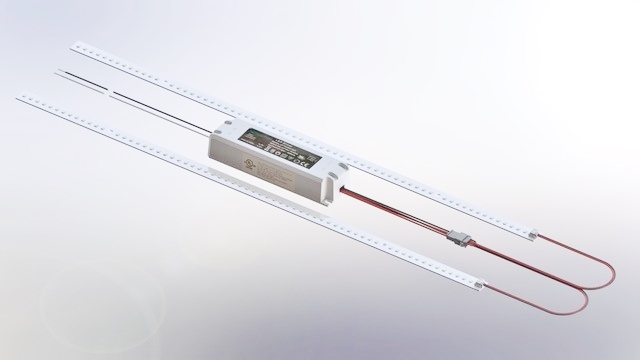Reducing Construction Waste
Construction waste reduction is not only environmentally sound practice, but it positively impacts worker safety, job-site productivity, and project costs by decreasing cleanup time and reducing disposal costs.
Results of a recent questionnaire show that 95.71% of responding contractors indicate that construction waste is problematic.
4 Ways to Reduce Construction Waste
1. Use Parts That are Made to the Right Size to Create Less Scrap
The best way to manage waste is to not create it. By using appropriately sized or adjustable size products, less scrap will be generated by cutting parts. For example, some fire-stopping methods involve cutting sleeves to length, where the cut-off pieces are job-site waste. Telescoping fire-stopping sleeves adjust to the required height without being cut.
Another example is the steel channel which is often referred to as a strut. Usually, the strut is shipped to the project or prefab shop in standard lengths. It is cut to the size required, and the excess is scrapped. But it is possible to order strut cut to size right from the factory. This saves not only the waste of the material but also the time it takes to cut it, the cost of shipping material you will be scrapping, plus it is a much safer alternative.

2. Order Multi-Functional Products to Reduce Packing Material
Packaging material can be bulky enough to take up substantial dumpster space. Plus, disposing of the packing material is a cost that doesn’t contribute to building the structure.
Contractors can reduce packing material by asking vendors to deliver materials in returnable containers or select products that are delivered with minimal or no packaging. For instance, pre-assembled products require less packaging. Some firestop systems require backing materials such as mineral wool. Firestops with integral intumescent fire stopping rings do not require the use of additional supplies that produce added packaging.
The American Connectors Per-Fit line of MC Cable connectors are internally machined to securely fit on an armoured cable without using internal springs, retaining rings, or any other separate internal holding device. This design allows for a hand-tight 360° grounding and strain relief, no extra parts needed. Therefore no additional packaging materials.
3. Control the Application of Liquid or Semi-liquid Products to Avoid Spills and Waste
The Polywater FST conduit sealant exemplifies this attribute. It comes in a well-designed injection applicator that controls the quantity of sealant injected into the conduit. The end result is no mess and no waste.
The American Connectors Hazardous area MC cable connectors are another product designed with an epoxy injection port to make injecting the sealant less wasteful and messy.

4. Reuse Light Fixtures by Retro-fitting with LEDs
There are many options available for rebuilding light fixtures with LEDs. One of the quickest methods is using a magnetic LED retrofit kit with a wire harness and its own driver. That way, you know the driver and the LEDs are compatible. And you are not creating scrap wire while creating the harness on site.
The net effect of these techniques goes beyond a smaller waste stream. Once these methods are applied, and the contractor truly sees what is leftover, they can tighten up their bidding processes by reducing the waste-factor costs built into most estimates. Savvy contractors also realize the savings of buying less and using more of each stick or panel. Some of the new requests for quotes require recycling or a waste reduction plan from a prospective contractor.
A dedicated waste management plan can earn builders points or credits within almost every green building program.


